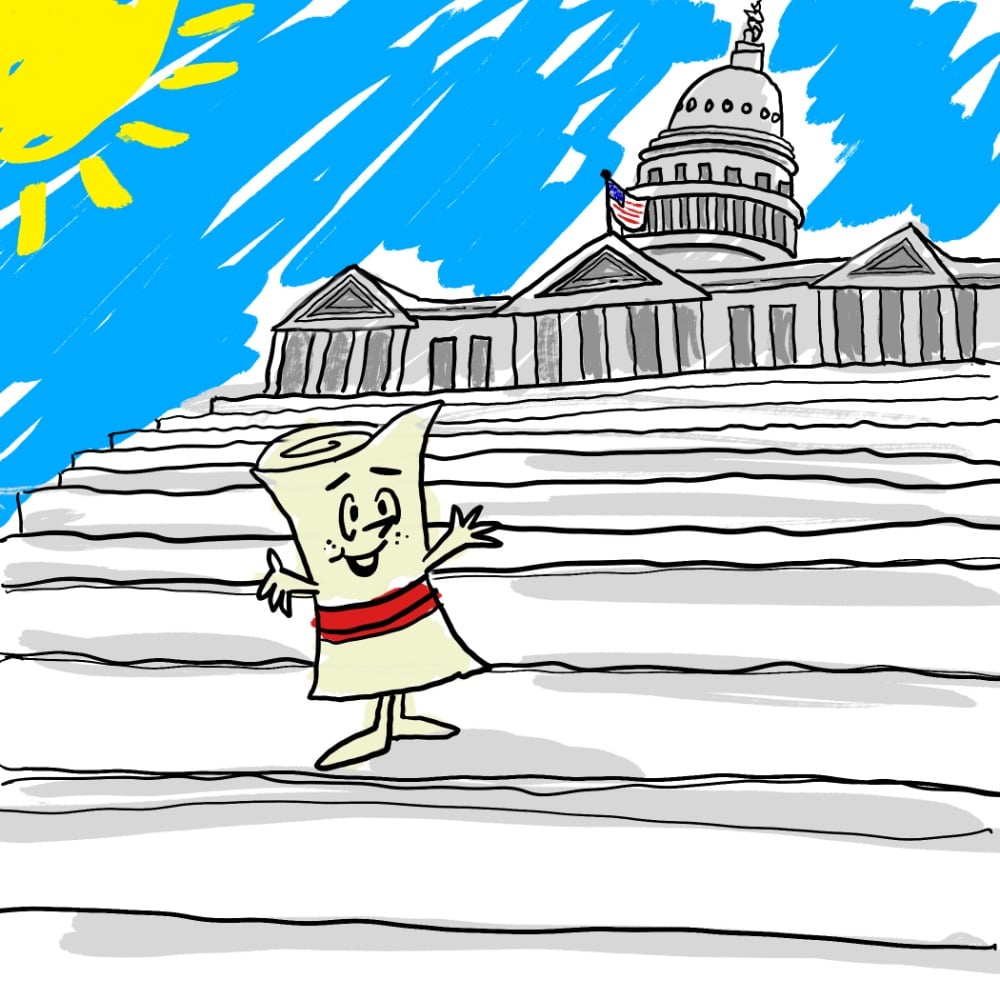While conducting research along the California coast, Bryan Black, marine science assistant professor, discovered instability among the Californian marine life.
Birds and fish native to that region rely heavily on upwelling, or the movement of nutrient-rich water to the ocean’s surface, according to Black. During the winter, however, low occurrences of upwelling resulted in low food supplies and low reproductive success among birds and fish.
“The birds and fish were synchronized with one another,” Black said. “They were both responding to the winter environment.”
Through Black’s study, the Californian currents have become further understood as highly fluctuating because of the ecosystem’s variability.
“Right now, we’re in a highly variable time,” Black said. “It’s stressful on the ecosystem.”
Black’s investigation used professors from other universities who each brought different skill sets to the research. In particular, David Stahle, a geosciences professor at the University of Arkansas, directed the collection of tree ring data from California’s blue oak trees to better understand the region’s ecological history.
“[Blue oak trees] can live for more than 500 years, and their ring width time series are exceptionally valuable proxies of precipitation and large-scale climate history,” Stahle said.
By collecting this data, Black and his colleagues traced the origins of the current’s high variability back to 1950. Other collaborators, such as Ryan Rykaczewski, a marine science program and biological sciences assistant professor at the University of South Carolina, linked the unsteadiness in California’s currents to the El Niño pattern.
“The impacts associated with El Niño events are known to lead to reduced productivity at many trophic levels in the California Current, and the frequency of these El Niño events have been especially high since 1950,” Rykaczewski said.
Although the El Niño climate pattern has been attributed to the low occurrence of upwelling during the winter, Black hasn’t claimed global climate change as a factor affecting these upwelling patterns or the variability of the coast’s climate.














